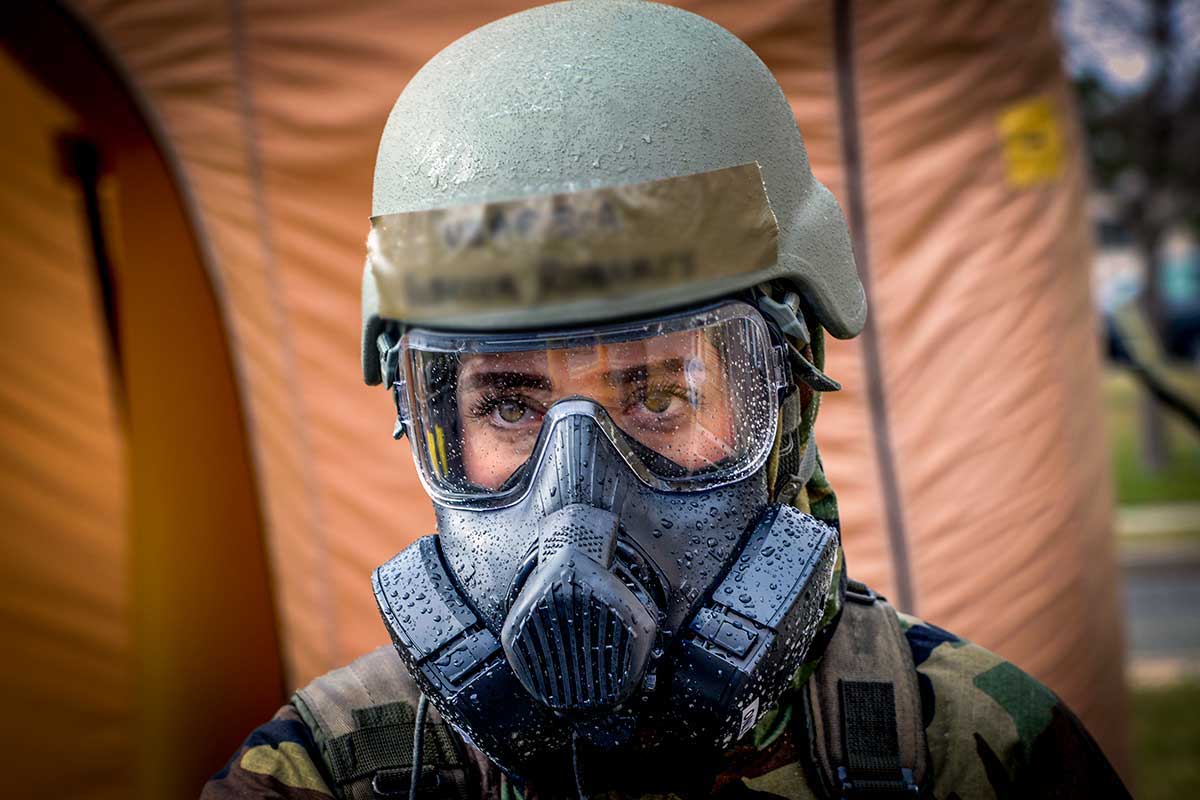Toxic Exposure Research Clearinghouse

Institutions around the world are collecting data and conducting research on toxic exposures.
On August 10, 2022, President Biden signed the Sergeant First Class Heath Robinson Honoring our Promise to Address Comprehensive Toxics Act of 2022 (Honoring our PACT Act of 2022). Section 102 of the PACT Act defines the term “toxic exposure”:
- In Section 101 of title 38, United States Code, as added by Section 102(b) and
- As an exposure to a substance, chemical or airborne hazard identified in the list under Section 1119(b)(2) of this title (Honoring our PACT Act) (38 USC 102)
While the Honoring our PACT Act is specific to VA and the Veterans they serve, toxic exposure research and data spans across various Federal Government agencies, institutions, and organizations.
What is Toxic Exposure?
There are several types of possible environmental exposures or hazards Veterans may have experienced during their military service:
Chemicals
Herbicides (Agent Orange) used during the Vietnam War era, burn pits, sulfur fire in Iraq, Camp Lejeune water supplies, pesticides used during the Gulf War, depleted uranium, and industrial solvents
Air Pollutants
Burn pits, oil well fire smoke during the Gulf War, sulfur fire smoke in Iraq, Atsugi (Japan) waste incinerator pollutants, sand, dust, and fine particulate matter (PM 2.5)
Occupational Hazards
Asbestos, industrial solvents, lead, radiation, vibration, noise, fuels, polychlorinated biphenyl (PCBs) and special paint used on military vehicles
Radiation
Nuclear weapons and testing, x-rays, and depleted uranium
Warfare Agents
Chemical weapons, Project 112/Project Shipboard Hazard, and Defense (SHAD), herbicide tests and storage, and chemical experiments
View additional research on each exposure.




















